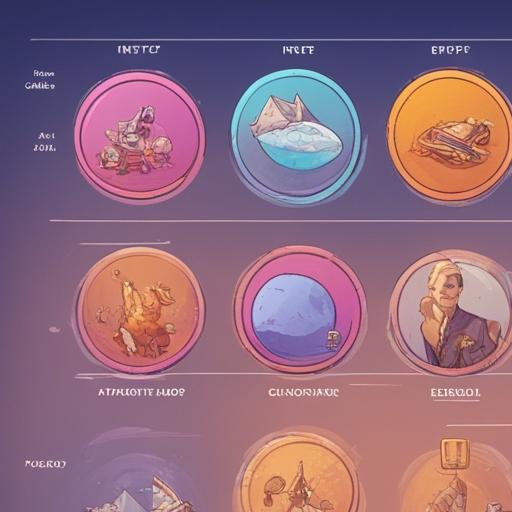Introduction
In recent years, Non-Fungible Tokens (NFTs) have exploded onto the digital landscape, revolutionizing the way we think about ownership and value in the digital world. But where did this phenomenon start? In this post, we will explore the origins of NFTs, their evolution, and how they have come to play such a pivotal role in today’s tech-savvy society.
The Birth of Digital Scarcity
The Genesis Block
NFTs are deeply rooted in the concept of digital scarcity. The idea of unique, blockchain-backed assets can be traced back to the inception of Bitcoin in 2009, crafted by the mysterious Satoshi Nakamoto. Bitcoin introduced blockchain technology, allowing for decentralized, verifiable, and immutable transactions.
Colored Coins
In 2012-2013, the concept of Colored Coins emerged within the Bitcoin network. Colored Coins represented small units of Bitcoin that were marked or colored to signify different assets, thus making it possible to represent real-world assets like property or stocks on the blockchain. While not exactly NFTs, they laid the groundwork for tokenizing assets on a decentralized ledger.

Counterparty and Rare Pepes
Counterparty, a platform built on top of Bitcoin, took the idea further in 2014 by allowing users to create their own custom tokens. This platform saw the advent of Rare Pepes, digital trading cards that featured the Pepe the Frog meme. These tokens came close to what we now recognize as NFTs, highlighting the crucial concept of digital collectibility.
The Ethereum Revolution
Enter Ethereum
Ethereum, introduced by Vitalik Buterin in 2015, brought with it smart contracts, enabling the creation of programmable, self-executing contracts with the terms of the agreement directly written into code. This made Ethereum the perfect platform for NFTs due to its flexibility and robustness.
ERC-721 Standard
In 2017, the ERC-721 token standard was proposed, specifically designed for creating non-fungible tokens on the Ethereum blockchain. This standard allowed developers to create unique tokens, ensuring that no two ERC-721 tokens are alike. It was a game-changer that paved the way for popular NFT projects.
CryptoKitties
One of the first projects to capture public attention using the NFT standard was CryptoKitties, launched in late 2017. CryptoKitties are digital cats each with unique attributes and rarity, and their popularity briefly congested the Ethereum network, bringing NFTs into mainstream conversation.
Contemporary Adoption and Growth
Expansion Across Industries
Today, NFTs have found applications in numerous industries including art, gaming, real estate, and even fashion. Platforms like OpenSea, Rarible, and NBA Top Shot have become household names, demonstrating the widespread acceptance and potential of NFTs.
High-Profile Sales and Celebrities
The NFT market has seen spectacular sales, such as Beeple’s digital artwork “Everydays: The First 5000 Days” selling for $69 million at Christie’s auction. Celebrities from various fields, including sports, music, and film, have also entered the NFT space, further propelling its popularity.
Conclusion
From humble beginnings with Colored Coins and Rare Pepes to the Ethereum-powered revolution and beyond, NFTs have come a long way. They represent a new era of digital ownership and have carved out a significant niche in the blockchain landscape. As technology continues to evolve, the potential applications and impact of NFTs will undoubtedly expand, promising an exciting future for digital assets.
